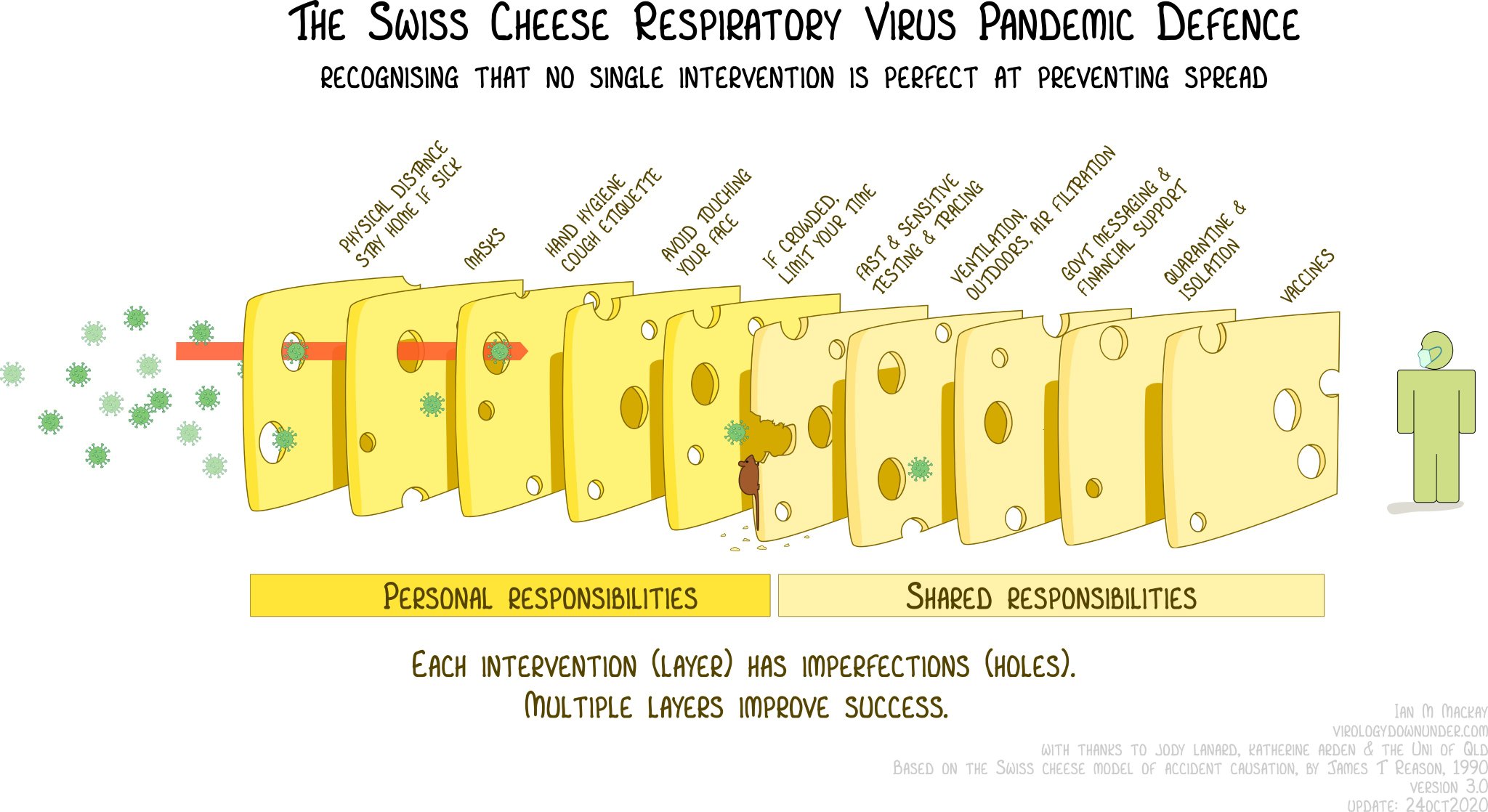COVID-19 is thought to spread mainly through close contact from person-to-person.
Some people without symptoms may be able to spread the virus. We are still learning about how the virus spreads and the severity of illness it causes. We know the virus is spread in these ways:
- Between people who are in close contact with one another (within about 6 feet).
- Through respiratory droplets produced when an infected person coughs, sneezes, or talks.
- These droplets can land in the mouths or noses of people who are nearby or possibly be inhaled into the lungs.
One of the best things you can do to prevent getting COVID-19 or giving it to someone else is stay at least 6 feet away from others.
The vast majority of cases are contracted through being exposed to air borne droplets. Every time we breathe, speak, or exhale, droplets leave our mouths. COVID-19 is transmitted through these droplets.
Larger droplets may fall quickly to the ground. Smaller droplets may travel further in the air. How far they travel before dropping may depend on location and activities:
- Are people wearing masks? Masks can help keep droplets from traveling.
- How many people are in the area? More people breathing means more droplets.
- What is the air circulation like? In locations with poor air circulation it might be wise to stay further than 6 feet apart,
- Are people exercising and breathing heavily? Physical activity and exercise can increase how far droplets travel.
Avoid the Three Cs!
CLOSED spaces with poor ventilation
CROWDED places
CLOSE contact with anyone outside your household
Protection against COVID-19 requires doing several things together
Mask and face shield wearing is an essential part of how you can protect yourself and others. But it isn’t enough by itself. It needs to be used in combination with other forms of protection and not be seen as a cure-all.
It’s similar to road safety:
- Air bags reduce the risk of dying by about 30-40%.
When added together with seatbelts, they two together reduce risk by 65-70%. - Add licensing, speed limits, anti-lock brakes, police enforcement, and other things to achieve very good risk reduction (well into the upper 90s).
- We need to be even more careful when we drive in more dangerous situations, such as in a snowstorm.
Protecting yourself (and others) from COVID-19 works exactly the same way: mask + physical distance + lockdown during a surge.

